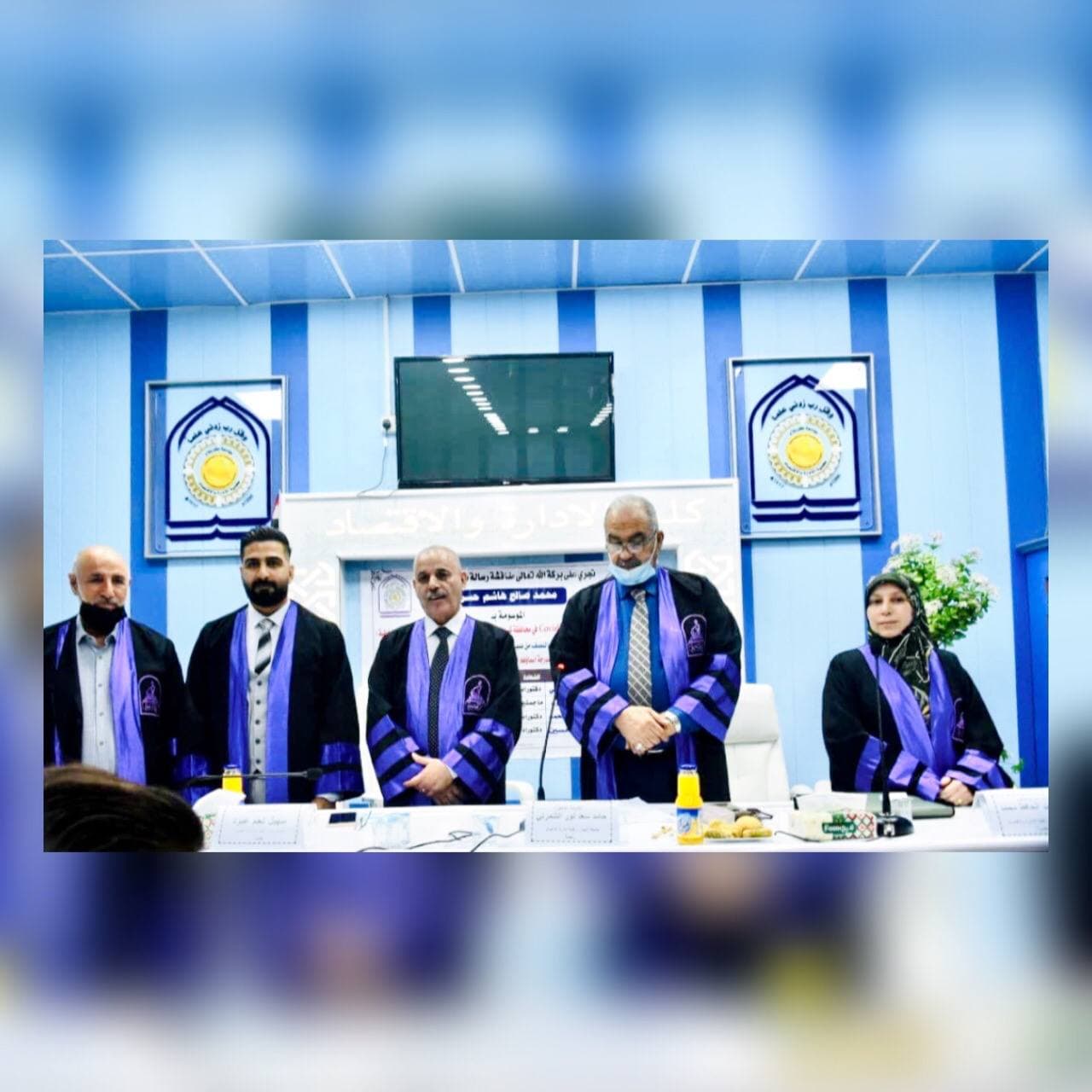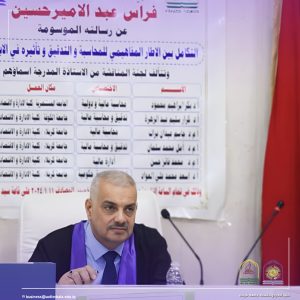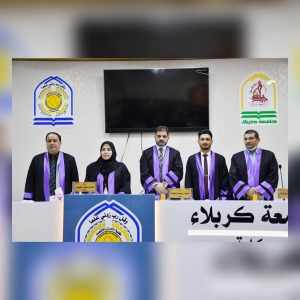Predicting the number of people infected with covid-19 in the Holy Karbala Governorate Using nonlinear time series models
A thesis submitted to the council of the college of Administration &Economics\ University of Karbala as partial fulfillment of the requirements for the degree of Master of Statistics Sciences
By
Mohammed Saleh Hashem ALaaraji
Under supervision
Prof. Dr. Jassim Nasir Hussain
Abstract
The increase in the number of the daily infections with Covid-19 virus around the world, especially in the holy governorate of Karbala. Also, the human, material and economic losses where this virus have been left behind, the social and psychological effects for all segments of society was the main motivation for presenting this study. Where this study aims to choose the best model in order to predicting the number of the daily infections with Covid-19 virus in the holy city of Karbala among the nonlinear time series models which utilized in this study via using the statistical criteria of (AIC, BIC, H-Q).
This study included two basic parts which are the theoretical and practical part. The most important content of the theoretical part is the characteristics of the time series (stationarity, linearity, homogeneity) and the most important statistical tests that are utilizes in order to test these characteristics. It also includes some nonlinear models of the time series which are the Exponential model, Von Bertalanffy model, Gompertz model, Logistic model and Chapman Richard model. Furthermore, it includes the method of estimating the parameters of these models as well as some tests and statistical criteria to measure the morale of parameters and the quality of the models. As well as the criteria for comparison between the models and measures of the predictive power.
As for the practical part, all of what was mentioned in the theoretical part was applied on a sample of people that infected by Covid-19 virus with the size of 122 views and for the period of time from (1-6-2020) to (30-9-2020). The results showed that it is a nonstationary, non-linear and heterogeneous series. Also, the best model is the logistic model via utilizing the statistical information criteria (AIC, BIC, H-Q) which gives a lowest value for these criteria. The results also showed that there is a convergence between the real values and the predictive values of the logistic model. The same applies to the measures of a predictive power (MSE, RMSE) where the results showed that the logistic model gives the lowest value for these measures. This indicates the efficiency of the proposed model for predicting the numbers of people that infected by Covid-19 virus.































































